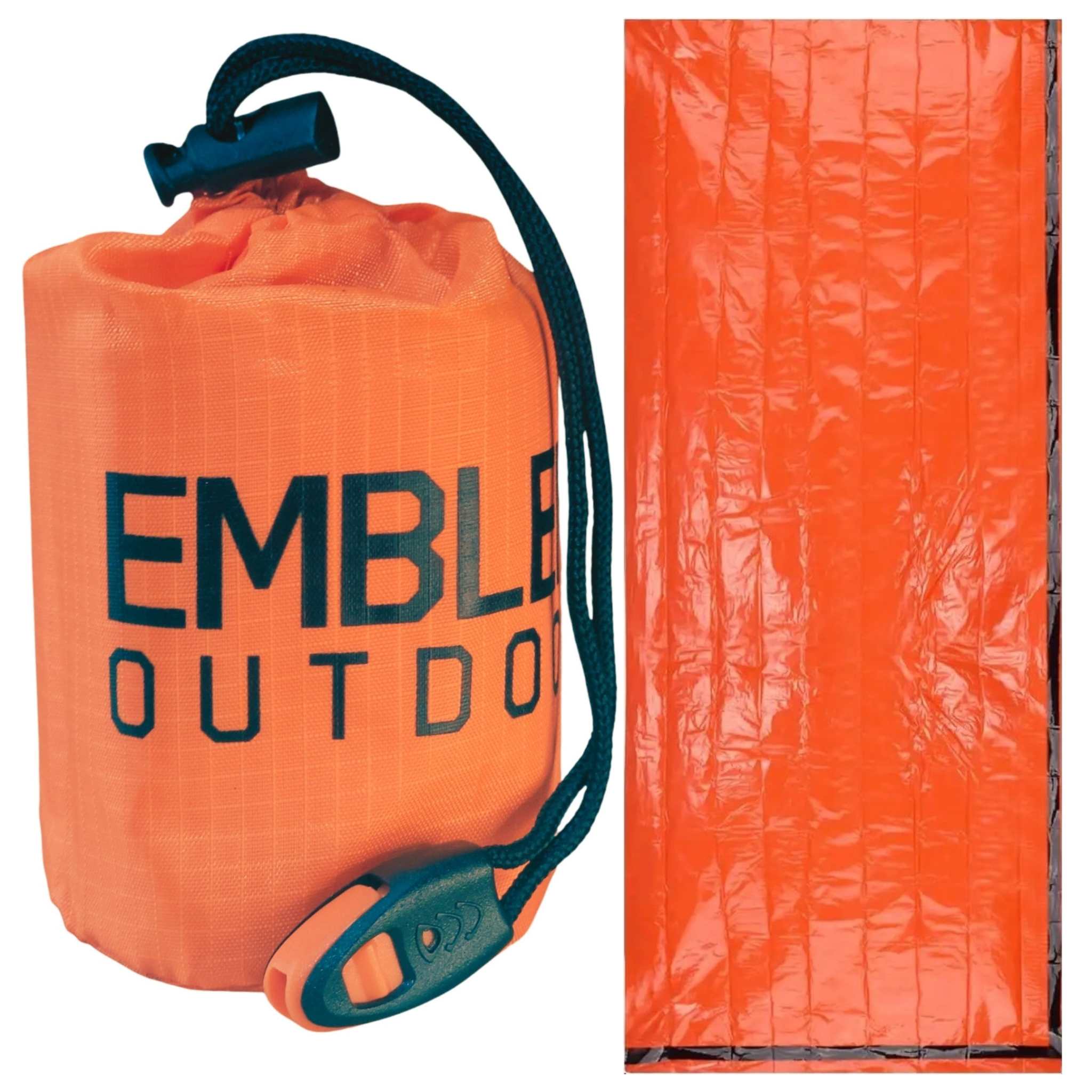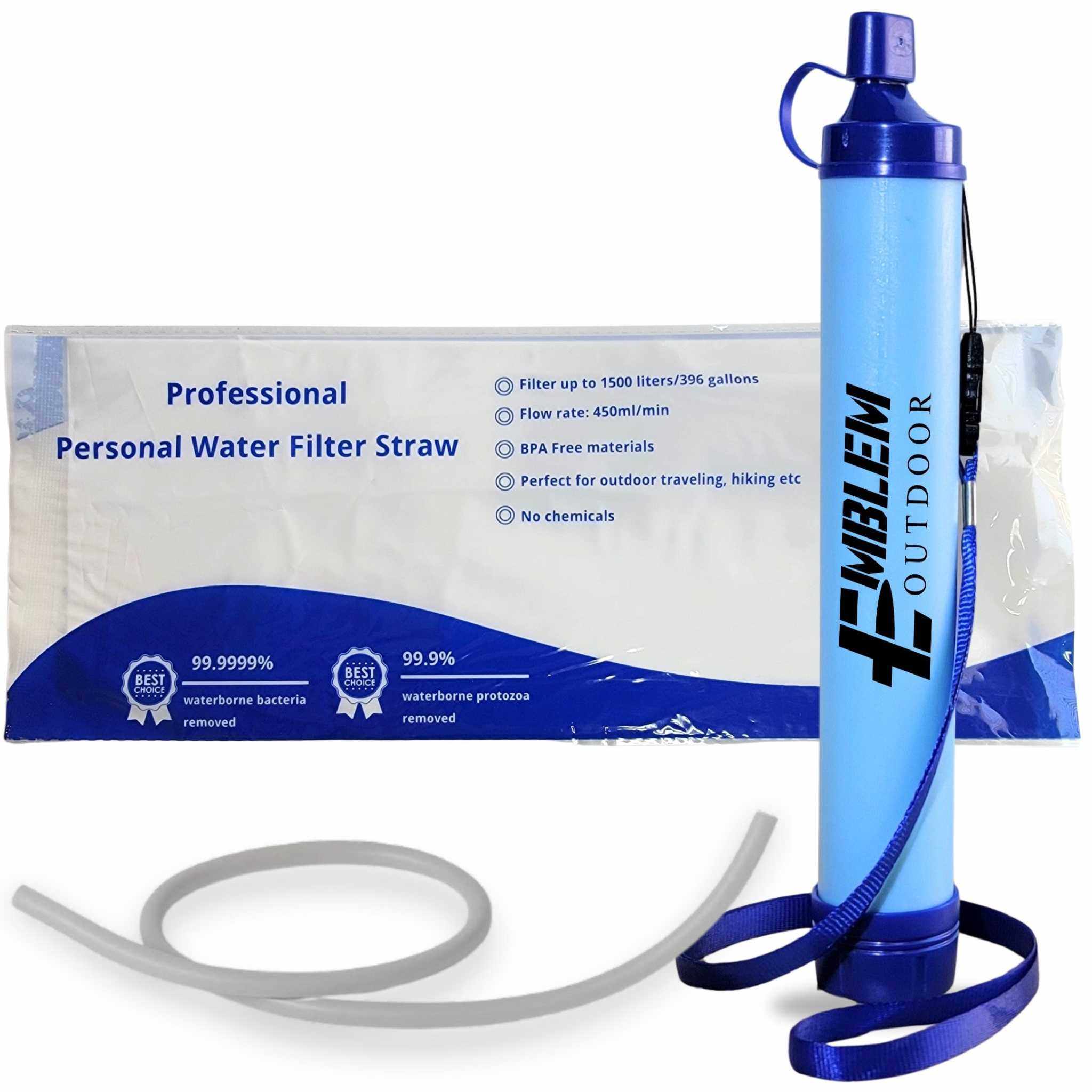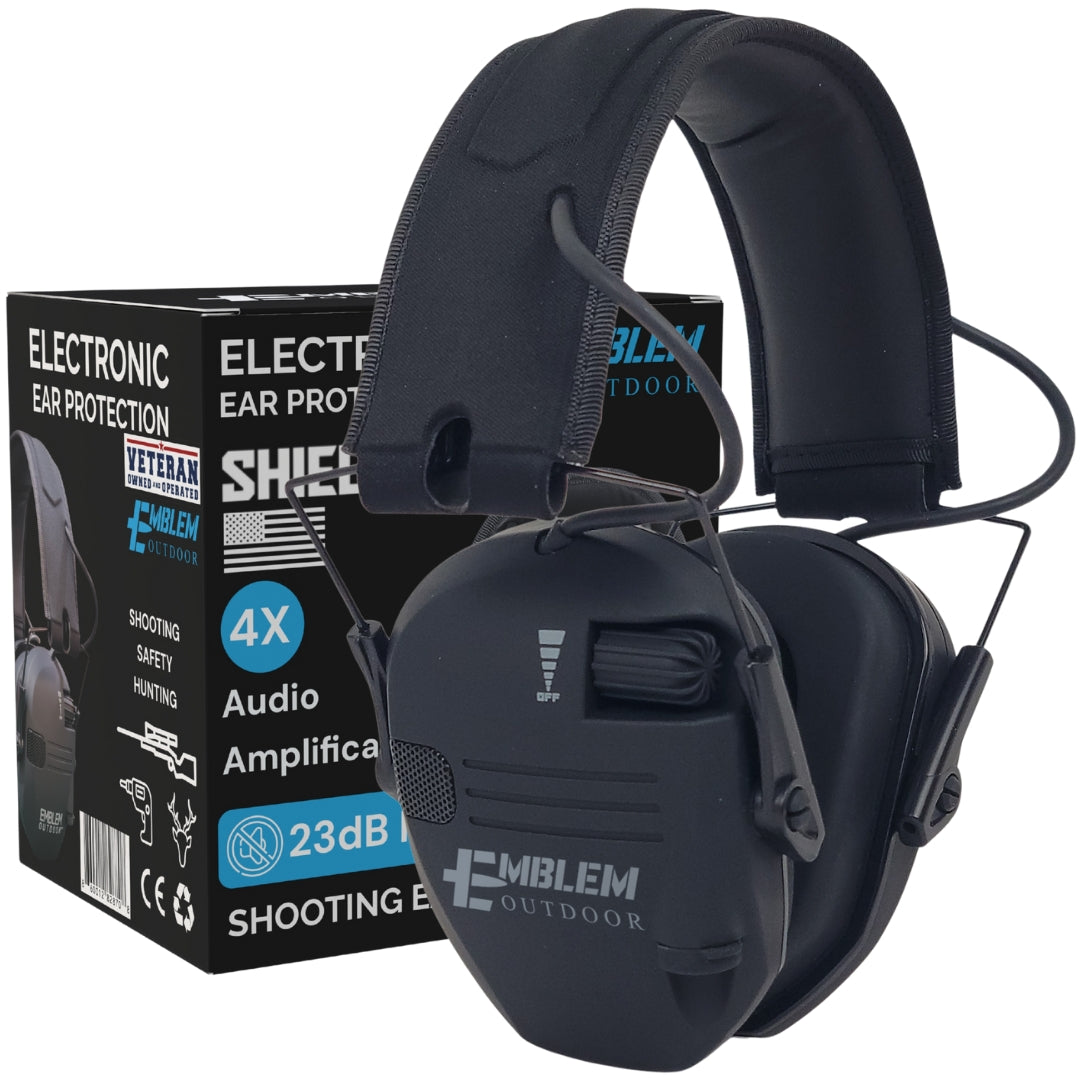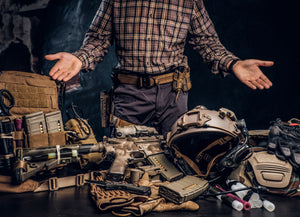The Lifesaving Power of Tourniquets in Every IFAK
When seconds count, having the right tools in an Individual First Aid Kit (IFAK) can mean the difference between life and death. One of the most critical components in any well-equipped IFAK is the tourniquet—a device designed to stop severe bleeding from limb injuries. Whether you're a first responder, a member of the military, or a civilian preparing for emergencies, understanding the importance of tourniquets and selecting the right one is essential.
Why Every IFAK Needs a Tourniquet
Catastrophic bleeding is one of the leading causes of preventable death in traumatic injuries. In high-stress situations, such as combat zones or severe accidents, a tourniquet provides immediate hemorrhage control, preventing fatal blood loss. While direct pressure or wound packing can sometimes suffice, a tourniquet is the fastest and most effective way to stop arterial bleeding when the injury is in an extremity.
For decades, misconceptions about tourniquets have existed, including fears of permanent damage or limb loss. However, modern tourniquets are designed with safety and effectiveness in mind, and proper application can extend survival time until professional medical aid is available.
The Importance of Wider Tourniquets for Effective Occlusion
Not all tourniquets are created equal. One crucial factor in their effectiveness is width—wider tourniquets provide better occlusion (complete stoppage of blood flow) with less pressure, reducing the risk of nerve damage and soft tissue injury. A broader strap distributes force more evenly, requiring fewer turns of a windlass or less tension to achieve full occlusion.
Studies have shown that wider tourniquets can be applied more quickly, with less pain and a higher success rate in stopping arterial bleeding. This makes them an optimal choice, particularly in scenarios where precision and time are limited.
Tourniquets to Consider for Your IFAK
While several tourniquets are available on the market, two models stand out for their superior occlusion and ease of use: the TMT and the SWAT-T. These options provide a balance of effectiveness, versatility, and reliability, making them excellent additions to any IFAK.
-
Tactical Medical Tourniquet (TMT): Designed for rapid application in high-pressure situations, the TMT is an extra-wide tourniquet that allows for superior compression with minimal effort. It features a reinforced windlass for easy tightening and is widely used by military personnel for its durability and effectiveness.
-
Stretch, Wrap, and Tuck Tourniquet (SWAT-T): This unique elastic tourniquet provides excellent compression across a broader surface, ensuring occlusion while minimizing discomfort. The SWAT-T is highly versatile—it can also be used as a pressure dressing or for splint stabilization, making it a multipurpose lifesaving tool.
Other Tourniquet Options: The CAT and SOF-T
While the TMT and SWAT-T excel in their broader strap designs, other respected tourniquets like the Combat Application Tourniquet (CAT) and Special Operations Forces Tourniquet (SOF-T) are widely used and highly effective.
-
CAT: One of the most tested and deployed tourniquets, the CAT features a single-hand windlass design that allows rapid self-application. Though narrower than the TMT, it remains a gold standard in military and emergency medical settings.
-
SOF-T: Developed with special operations forces in mind, the SOF-T is highly durable and features a robust buckle system that provides secure application even in challenging environments.
Choosing the Right Tourniquet
Selecting the right tourniquet for your IFAK depends on several factors, including personal preference, mission requirements, and the likelihood of self-application. A wider tourniquet provides optimal occlusion with reduced pressure, minimizing complications while ensuring effective hemorrhage control. Whether you opt for the TMT, SWAT-T, CAT, or SOF-T, having a high-quality tourniquet in your kit is non-negotiable.
Conclusion
A properly applied tourniquet can mean the difference between survival and tragedy in an emergency. Wider tourniquets provide better occlusion, faster application, and increased safety, making them superior choices for trauma care. If you're building or refining your IFAK, prioritize a high-quality tourniquet—because when the time comes, this simple device might be the reason someone lives to see another day.
Learn more at Stop the Bleed





